How to Care for Ginger Plant: 5 Key Tips for Aromatic Rhizomes and Tropical Flowers
There's something truly magical about growing ginger plants. Whether you're dreaming of harvesting your own aromatic ginger rhizomes for cooking or admiring those spectacular tropical ginger flowers, this versatile plant offers double rewards for gardeners. Many people don't realize that the common ginger root from grocery stores (Zingiber officinale) and ornamental flowering gingers are closely related, sharing similar growing requirements.
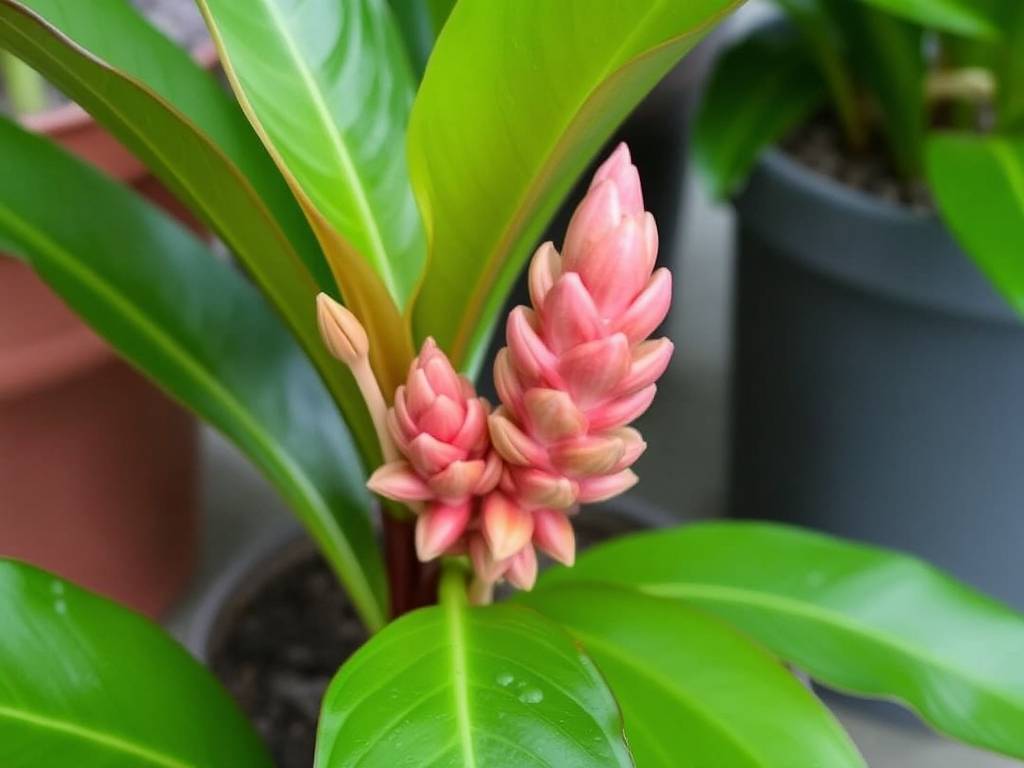
If you've ever wondered how to transform that humble ginger root from your kitchen into a thriving plant, you're in the right place. Growing ginger successfully comes down to understanding its tropical origins and replicating those conditions as closely as possible. Let's explore the five essential elements that will turn you into a ginger-growing expert!
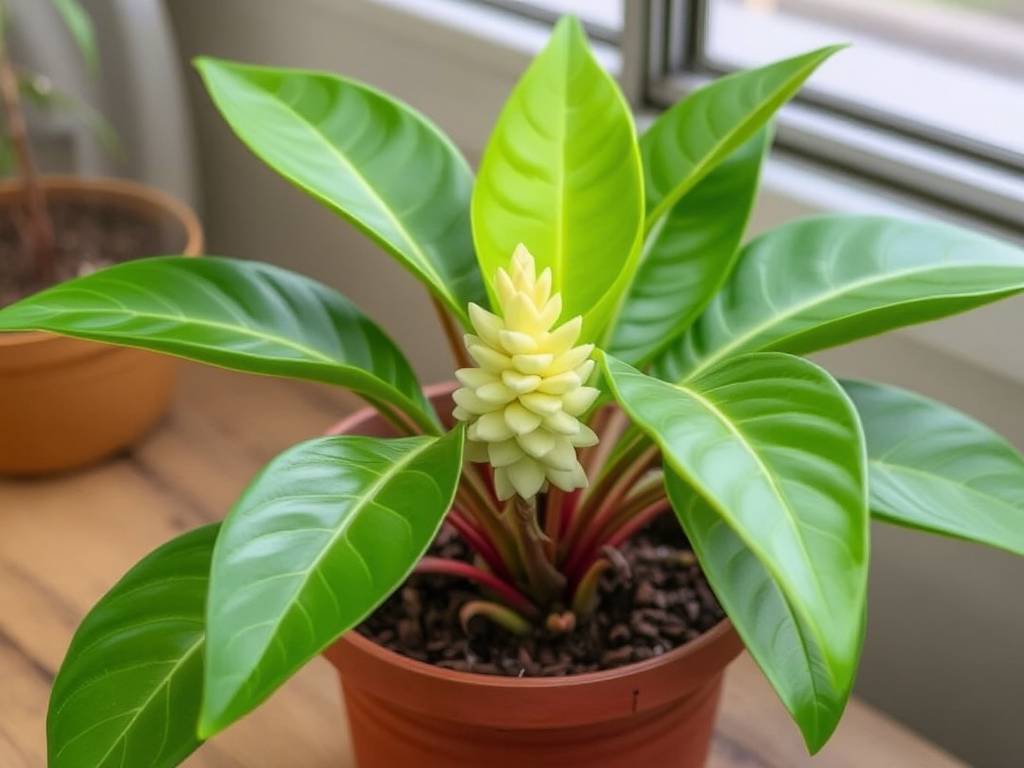
Understanding Your Ginger Plant's Natural Habitat
Before we dive into specific care tips, it helps to understand where ginger plants originate. Most ginger species hail from tropical regions of Southeast Asia, where they enjoy warm temperatures, high humidity, consistent moisture, and rich, well-draining soil. They typically grow in partially shaded areas beneath forest canopies, protected from direct afternoon sun.
This background explains why ginger plants struggle in cold, dry conditions and why replicating their native environment is crucial for success. Whether you're growing common edible ginger or ornamental varieties like torch ginger (Etlingera elatior) or shell ginger (Alpinia zerumbet), these fundamental requirements remain consistent.
Selecting the Perfect Ginger Planting Material
Your ginger-growing journey begins with selecting the right planting material. For edible ginger, you can start with organic rhizomes from grocery stores or farmers' markets. Conventional ginger is often treated with growth inhibitors, so organic options typically sprout more reliably. Look for plump, firm rhizomes with visible "eyes" or growth buds – these will become your new plants.
For ornamental ginger flowers, you'll want to purchase specific varieties from nurseries or specialty growers. Popular flowering varieties include:
- Red ginger (Alpinia purpurata) with its stunning crimson cones
- Butterfly ginger (Hedychium coronarium) known for its fragrant white flowers
- Kahili ginger (Hedychium gardnerianum) with spectacular yellow flower spikes
Each offers unique floral displays while sharing similar cultural requirements with edible ginger.
Creating the Ideal Growing Environment
Tip 1: Master the Art of Ginger Soil Preparation
Ginger plants demand specific soil conditions to thrive. They prefer rich, loose, slightly acidic to neutral soil (pH 6.1-6.5) that drains exceptionally well while retaining adequate moisture. A perfect ginger soil mix might include:
- 50% high-quality compost for nutrients
- 30% coconut coir or peat moss for moisture retention
- 20% perlite or coarse sand for drainage
For container growing, which I highly recommend for those in cooler climates, use a pot at least 12-14 inches deep with multiple drainage holes. Ginger rhizomes grow horizontally near the soil surface, so width matters more than extreme depth.
When planting ginger rhizomes, cut them into 1-2 inch pieces, each containing at least one growth bud. Allow cut surfaces to dry for 24 hours before planting about 1 inch deep with the growth buds facing upward. Space pieces 6-8 inches apart to give them room to expand.
Tip 2: Perfect Your Watering Routine for Healthy Rhizomes
Water management is arguably the most challenging aspect of ginger plant care. These tropical plants need consistently moist soil but will quickly develop root rot in waterlogged conditions. The goal is soil that feels like a well-wrung sponge – moist but not soggy.
During active growth in spring and summer, check soil moisture daily. Water thoroughly when the top inch of soil feels dry, allowing excess water to drain completely. Reduce watering frequency in winter when growth slows significantly.
Humidity matters almost as much as soil moisture. Indoor ginger plants benefit from regular misting, pebble trays filled with water, or placement in naturally humid areas like bathrooms with windows. Outdoor plants in dry climates appreciate occasional foliage spraying during warmer hours.
Tip 3: Provide Optimal Light and Temperature Conditions
Remember ginger's forest floor origins? This explains its preference for bright, indirect light. Morning sun with afternoon shade works perfectly. Too much direct sun scorches leaves, while insufficient light results in leggy growth and reduced rhizome production.
Indoor ginger plants thrive near east-facing windows or a few feet back from south/west windows. Outdoor plants appreciate dappled shade beneath trees or on covered patios.
Temperature requirements are non-negotiable for ginger plants. They thrive between 70-85°F (21-29°C) and suffer below 50°F (10°C). If you're growing ginger in containers outdoors, bring them inside well before nighttime temperatures drop into the 50s. Ginger grows year-round in USDA zones 9-12 but requires seasonal protection or indoor growing in cooler regions.
Tip 4: Implement a Strategic Feeding Schedule
Ginger plants are moderate feeders that respond well to regular, balanced nutrition. Begin fertilizing about one month after sprouts emerge. Use a balanced organic fertilizer (such as 5-5-5 or 10-10-10) monthly during the growing season. Alternatively, use a slow-release fertilizer at planting time supplemented with liquid feedings every 6-8 weeks.
Organic options like fish emulsion, seaweed extract, or compost tea work wonderfully. Reduce feeding frequency in late summer and stop completely in fall as plants prepare for dormancy.
For those specifically growing ginger for edible rhizomes, potassium-rich fertilizers promote better rhizome development. Look for formulas with slightly higher potassium content (the third number in N-P-K ratios) once plants are established.
Tip 5: Practice Proper Harvesting and Seasonal Care
The moment of truth arrives when it's time to harvest your ginger rhizomes or admire those spectacular tropical ginger flowers. For edible ginger, you can begin harvesting small amounts about 3-4 months after planting by carefully digging at the edges of the plant. For full harvests, wait 8-10 months until leaves begin yellowing and dying back.
When harvesting flowering ginger varieties for cut flowers, use sharp, clean shears and cut stems early in the morning. Place immediately in water for longest vase life.
As winter approaches, reduce watering significantly for all ginger types. Tropical gingers naturally enter dormancy during cooler, drier months. In frost-free regions, mulch heavily around outdoor plants. Potted gingers can be stored in their containers (with minimal watering) in a cool, dark place until spring.
Troubleshooting Common Ginger Growing Problems
Even with perfect care, ginger plants occasionally encounter issues. Yellow leaves often indicate overwatering, while brown leaf tips suggest underwatering or low humidity. Spider mites can become problematic in dry indoor conditions – increase humidity and treat with insecticidal soap if needed.
Root rot is the most serious threat, typically caused by overwatering or poorly draining soil. If plants wilt despite adequate moisture, check roots immediately. Soft, brown roots indicate rot, while firm, white roots are healthy.
For ginger plants that refuse to flower, evaluate light exposure and fertilization. Many ornamental gingers need bright light (without direct sun) and phosphorus-rich fertilizer to initiate blooming.
The Joy of Growing Ginger Plants
Whether you're fascinated by the prospect of homegrown aromatic ginger rhizomes or captivated by those stunning tropical ginger flowers, mastering these five care elements will ensure your success. Ginger plants reward patience with either culinary treasures or breathtaking blooms – sometimes both!
The beauty of ginger cultivation lies in its flexibility. Gardeners in tropical regions can grow magnificent ginger hedges, while those in temperate climates can enjoy container-grown specimens that summer outdoors and winter indoors. However you choose to grow them, these tropical treasures bring exotic beauty and practical benefits to any garden space.
Start with a single ginger rhizome today, apply these essential ginger plant care techniques, and soon you'll be harvesting either spicy roots or cutting spectacular flowers – perhaps while dreaming of tropical forests where these amazing plants originated.
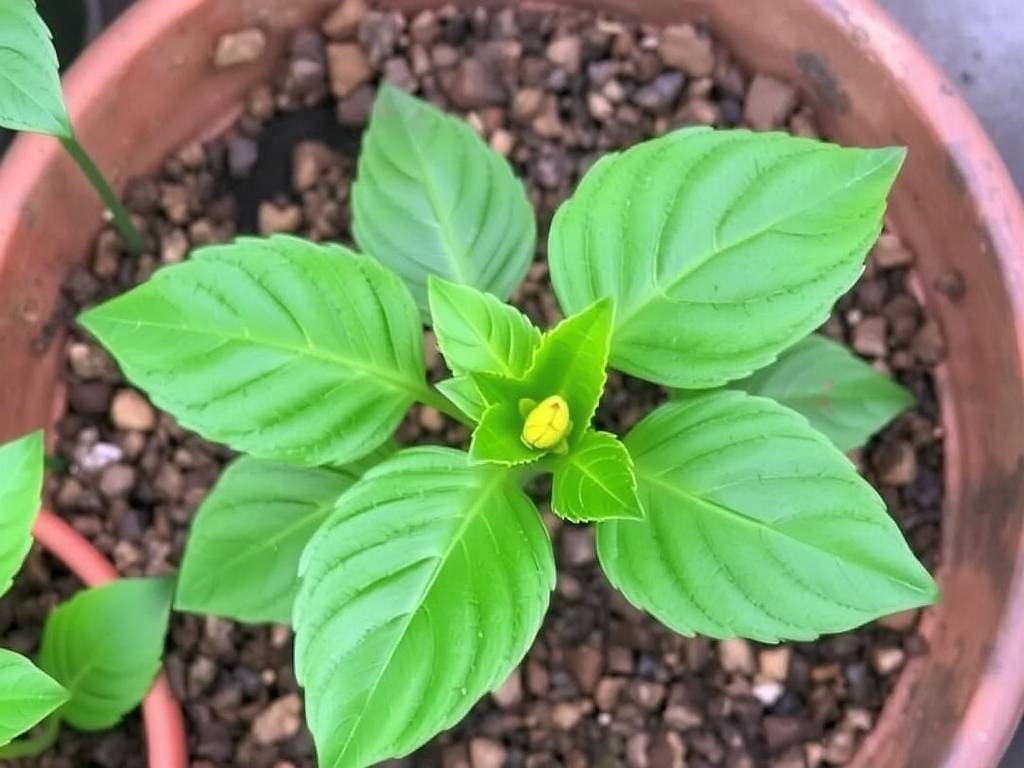
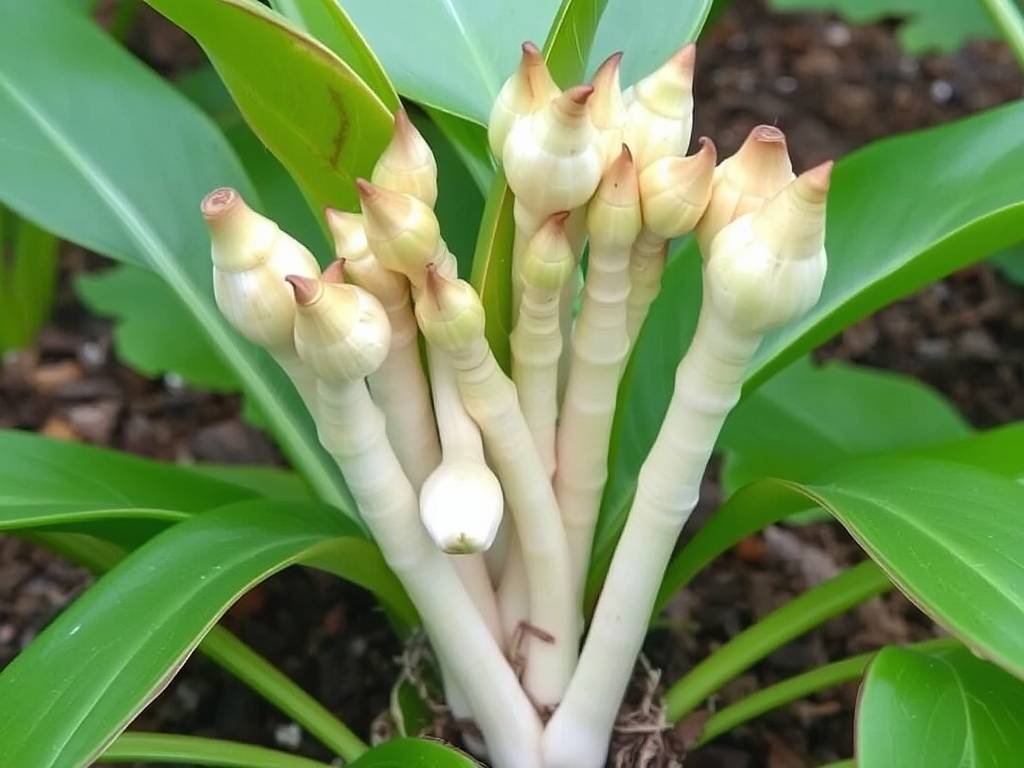
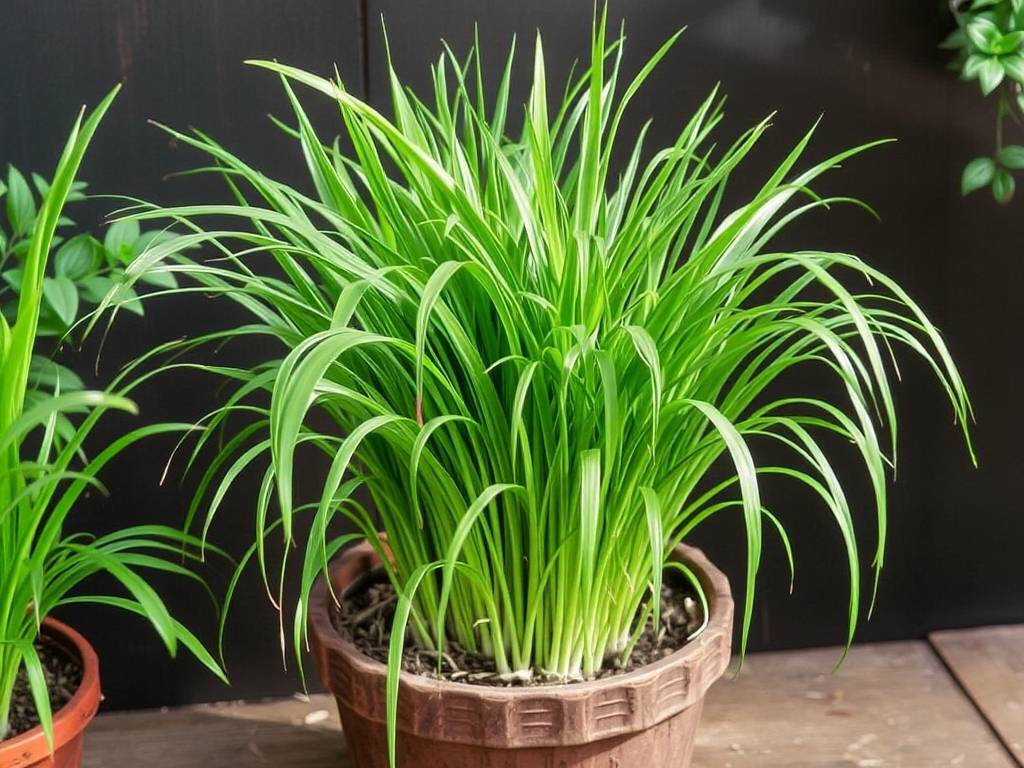
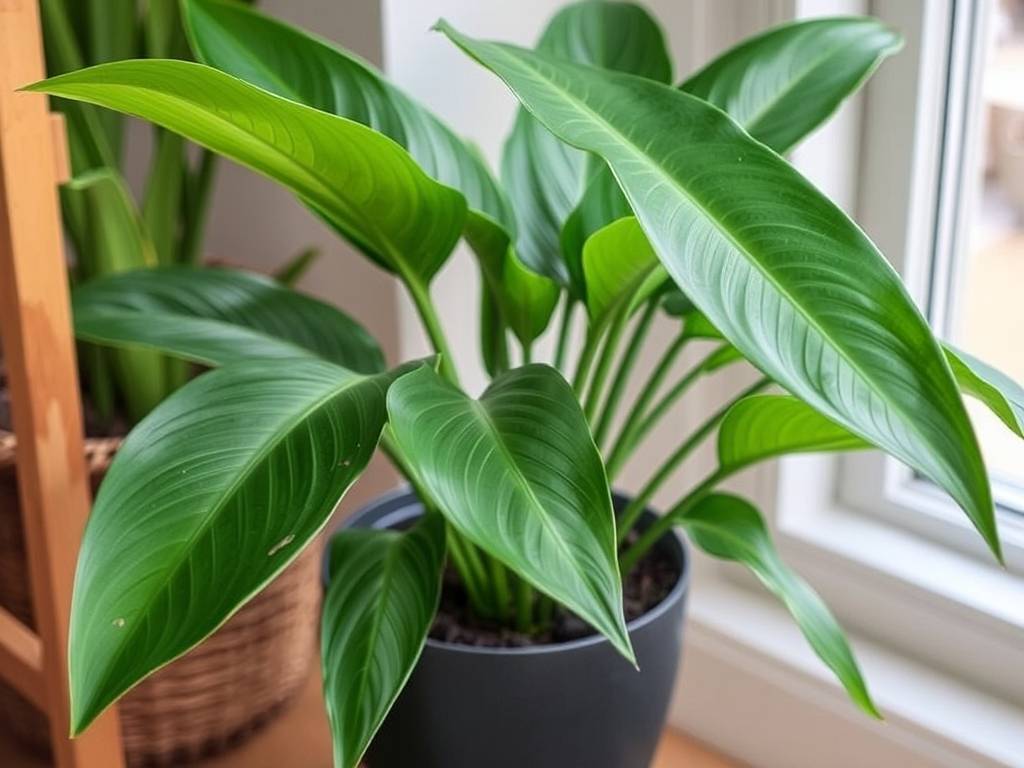
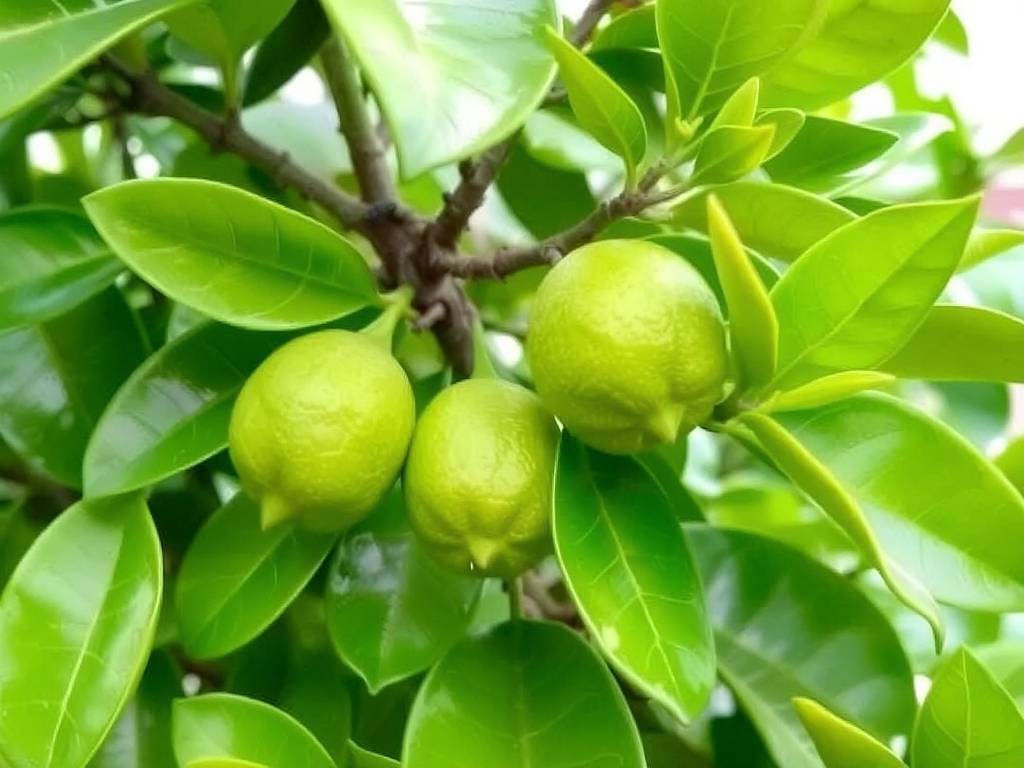
发表评论